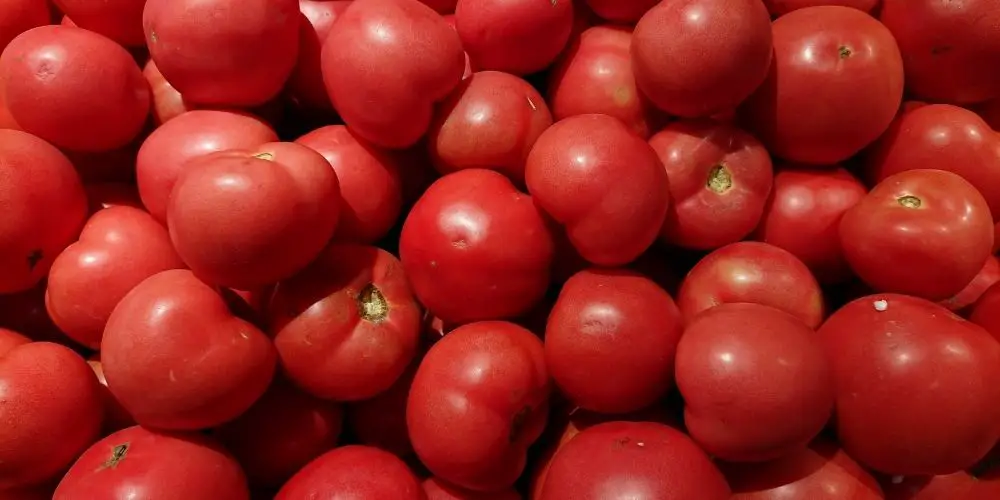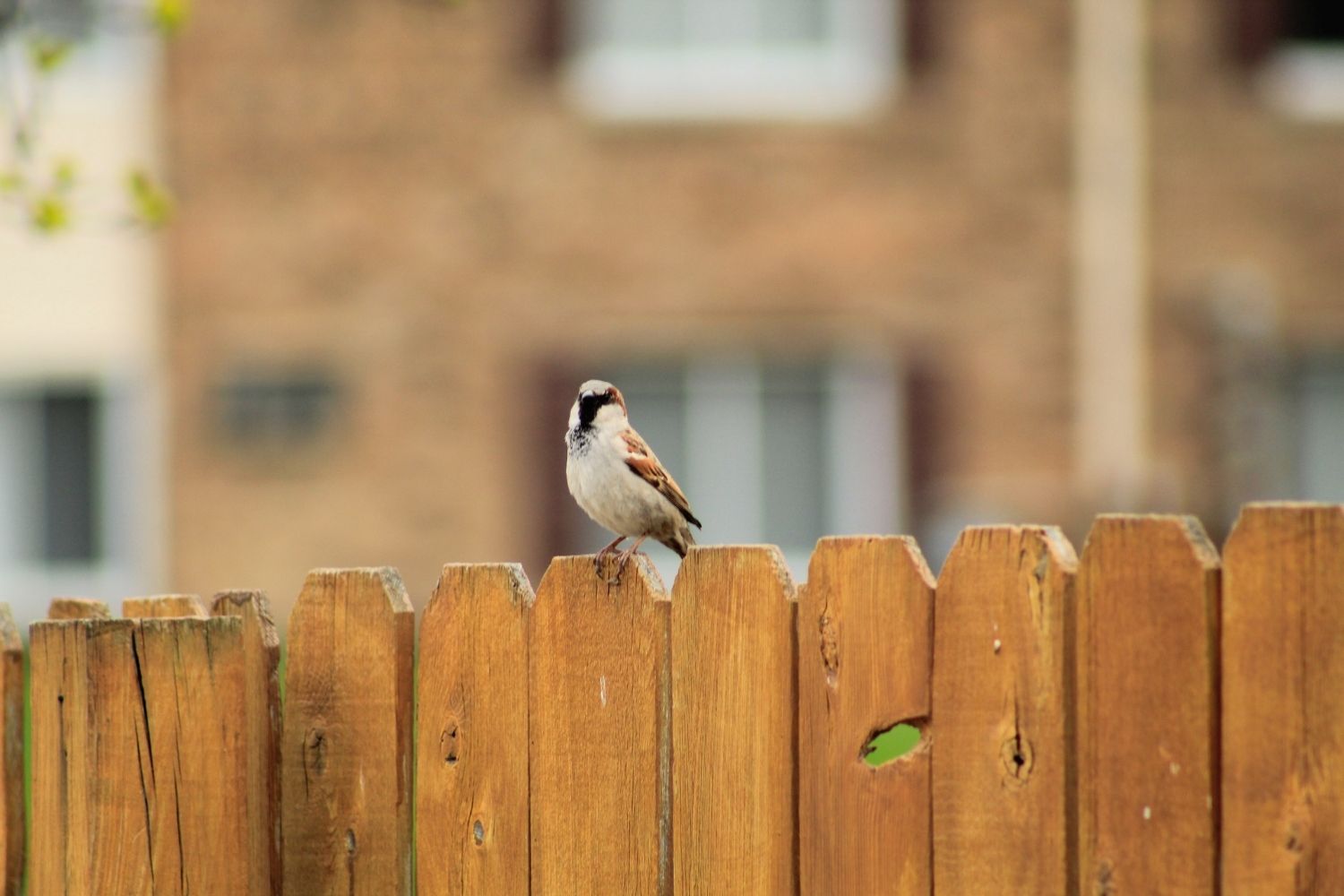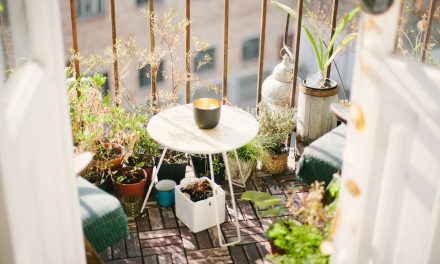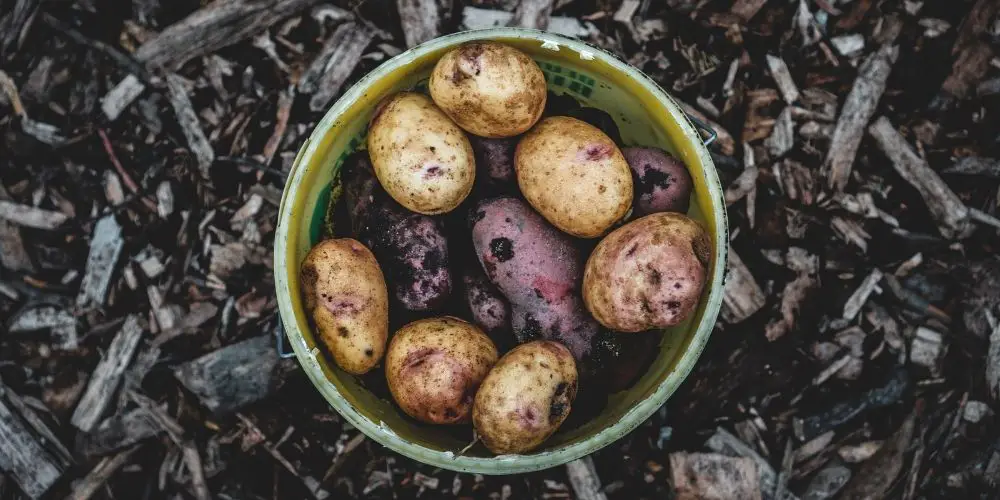Brassicas are vegetables that are part of the Genus Brassicaceae in the mustard family. Members of this genus are categorized as cruciferous vegetables. They are more nutritious vegetables and are commonly cultivated all over the world.
Temperatures are the main factor that causes brassicas to bolt and go to seeds early. Brassicas thrive well in cool weather and nutritious soil. Extreme heat and climatic stress will eventually make them feel like this is their end, and there is a need to reproduce—dry soil conditions and inadequate soil firming lead brassicas to go to seed.
What is Brassica favorable weather and soil?
Brassica thrives better in areas where there are long cool seasons. The best temperatures to grow brassicas range from 7 to 24 degrees Celsius, and it can tolerate frost of temperatures as low as -6.70 degrees Celsius for a short while. Temperatures higher than 26 degrees Celsius will cause brassicas to bolt and go to seed very early.
Brassicas grow well in soil rich in organic matters that are well-drained. The soil should be between 6.5 and 6.8 PH that is almost neutral soil. It is advisable to grow brassicas in spring so that they will be ready by summer heat.
When Does Brassicas bolt?
Bolting is premature flowering and seeding of the plants caused by particular climatic stress. Bolting in brassica is seen when they become elongated and then start producing flowers. The flower buds in brassicas sometimes may open prematurely. A bolting brassica head will start opening from the center as that is where the flower emerges from the crop.
How to grow Brassicas?
Some of the brassicas are easy to grow, especially cabbage and kale. When planning brassicas, you first prepare the soil.
- Dig the soil in plenty of well-rotted manure or compost.
- Tread the ground to remove air pockets and make the surface firm.
- Add lime to avoid acidic soil because brassicas do not grow well in acidic soil.
Transplant the brassicas plant that you sow in a seedbed when they are around 6 to 8 cm high. However, some brassicas should be transplanted when they are about 15 cm. Space them from 30cm to 75 cm, depending on the variety.
How do you harvest brassicas?

When brassicas are ready, they are harvested by cutting the whole plant from the ground level with a sharp knife. When brassicas go to seed, they produce a seed stalk directly from the center of the crop.
The stalk then ripens slowly and falls off immediately when they are fully mature. The ripen stalk will form the pods where they will store the seeds. You can pick the seeds when pods turn brown and crisp and dry.
Conclusion
The leading cause of brassicas going to seed is the temperature.
Cabbage, Brussels sprouts, broccoli, kale, and cauliflower are the leafy vegetables in the Brassicaceae genus. Turnips swedes and Kohlrabi are some of the root crops in the genus of the nutritious brassica crops.
Brassicas take only 60 to 90 days to mature so that the gardener can plant it mid or late summer and mature by cool days of autumn, winter, or early spring.















